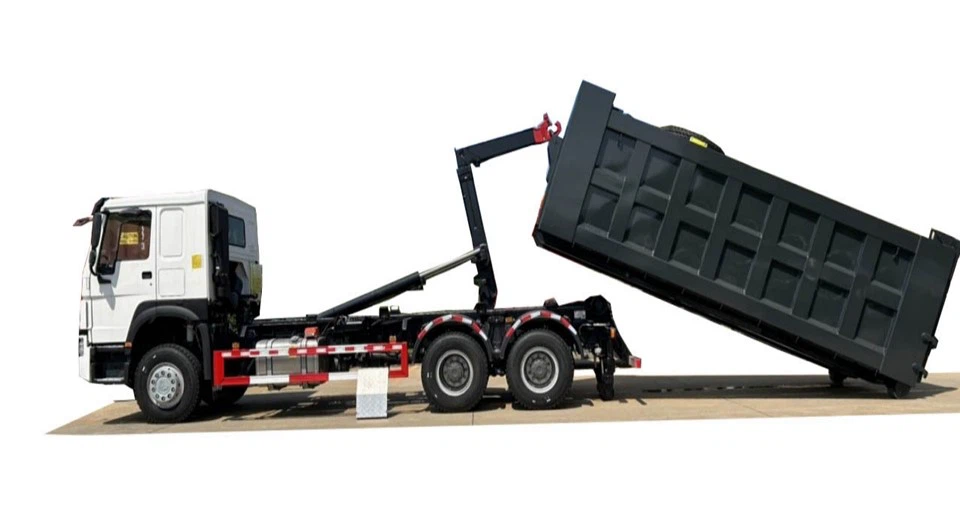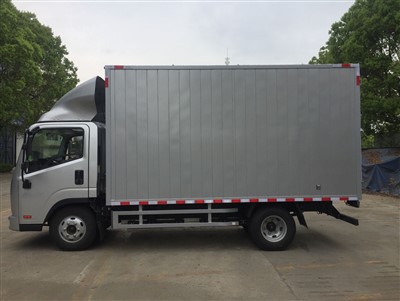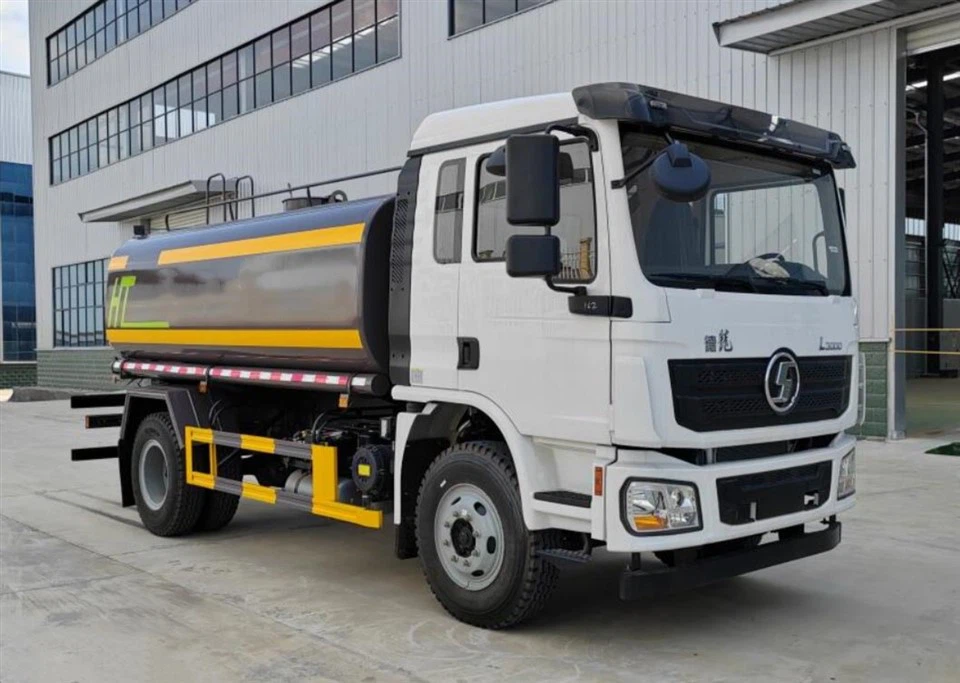Ultimate Guide to Hook and Lift Trucks: Everything You Need to Know

Introduction
The transportation and logistics industry relies on various specialized equipment to enhance efficiency and safety. One such piece of equipment is the hook and lift truck. These versatile vehicles play a crucial role in transporting and managing different types of loads, especially in construction, waste management, and recycling industries. In this comprehensive guide, we will explore what hook and lift trucks are, their components, benefits, applications, maintenance, and much more. Whether you’re a seasoned professional or new to the industry, you’ll find valuable insights that can help you make informed decisions.
What is a Hook and Lift Truck?
A hook and lift truck, commonly known as a hook truck, is a specialized vehicle equipped with a hydraulic lifting mechanism that allows it to lift and transport heavy loads. Unlike traditional flatbed trucks, hook and lift trucks utilize a hook system to attach to various types of containers or skips. This system enables the truck to pick up and drop off loads efficiently, making it an ideal choice for industries that require quick and reliable transport solutions.
Key Components of Hook and Lift Trucks
Understanding the essential components of a hook and lift truck can help you appreciate its operation and maintenance better. Here’s a breakdown of the key parts:
1. Chassis
The chassis serves as the truck’s backbone, providing structural support for the load and housing the engine, transmission, and other critical systems.
2. Hydraulic System
This is the heart of the hook and lift mechanism. The hydraulic system allows for smooth lifting and lowering of containers. It consists of hydraulic cylinders, pumps, and fluid reservoirs.
3. Hook Mechanism
The hook mechanism is responsible for connecting the truck to the load. It has a hook that swings down to grab the container and then lifts it off the ground.
4. Container and Skips
Hook and lift trucks can transport various containers, including roll-off boxes, dumpsters, and skips, making them versatile for many applications.
5. Control System
The control system allows the operator to manage the lifting, lowering, and movement of the load from either inside the cab or outside the truck.
Benefits of Using Hook and Lift Trucks
Hook and lift trucks offer numerous advantages, making them a preferred choice for several industries. Here are some key benefits:
1. Versatility
One of the primary benefits of hook and lift trucks is their versatility. They can transport various loads, including debris, recyclable materials, and construction equipment, making them indispensable in many sectors.
2. Efficiency
Hook and lift trucks can easily switch between different containers without needing additional equipment. This quick exchange capability significantly reduces downtime, enhancing overall productivity.

3. Safety
Using hook and lift technology minimizes manual labor, thereby reducing the risk of injury. The hydraulic system allows for easy lifting and lowering, which ensures that heavy loads are handled safely.
4. Reduced Labor Costs
As hook and lift trucks automate the lifting and loading process, businesses can save on labor costs associated with manual loading and unloading, allowing them to allocate resources more effectively.

Applications of Hook and Lift Trucks
Hook and lift trucks find applications in various industries. Let’s discuss some common uses.
1. Construction
In the construction industry, hook and lift trucks are vital for transporting materials and waste. They can quickly deliver essential supplies to job sites and remove debris efficiently.
2. Waste Management
Waste management companies rely heavily on hook and lift trucks to collect and transport dumpsters and roll-off bins filled with waste. Their ability to switch containers quickly is essential for maintaining an efficient waste collection schedule.
3. Recycling
Recycling facilities use hook and lift trucks to move different recyclable materials. The ability to lift and transport large containers makes them ideal for operations involving multiple material types.
4. Landscaping
Landscapers use hook and lift trucks to transport soil, mulch, and other materials to and from job sites. Their versatility allows for efficient management of various landscaping materials.
Choosing the Right Hook and Lift Truck
Selecting the appropriate hook and lift truck for your needs involves considering several factors. Here are some tips:
1. Load Capacity
Determine the maximum weight you need to transport. Hook and lift trucks come with different load capacities, so choose one that meets your requirements.
2. Container Types
Consider the types of containers you will be using. Ensure the hook and lift truck can accommodate various container sizes and styles.
3. Terrain Considerations
If you’ll be operating in rough or uneven terrain, ensure you select a truck with adequate off-road capabilities to handle the conditions.
4. Regulatory Compliance
Check local regulations for vehicle specifications and safety standards to ensure that your chosen hook and lift truck complies with all necessary rules.
Maintenance Tips for Hook and Lift Trucks
1. Regular Inspections
Conduct regular inspections of the hydraulic system, chassis, and hook mechanism to identify potential issues before they escalate.
2. Fluid Checks
Monitor hydraulic fluid levels and quality. Low or contaminated fluid can lead to system failures. Change fluids as recommended by the manufacturer.
3. Lubrication
Regularly lubricate moving parts to reduce wear and tear. This practice helps ensure smooth operation and prevents excessive fatigue on components.
4. Tire Maintenance
Check tire pressure and tread regularly. Ensure that tires are in good condition to support the heavy loads your truck carries.
Cost Considerations
The cost of acquiring and operating a hook and lift truck can vary greatly based on several factors. Here are some essential points to consider:
1. Purchase Costs
The initial purchase price of a hook and lift truck depends on the brand, model, and specifications. New trucks can be a significant investment, while used options may offer cost savings.

2. Operating Expenses
Consider ongoing expenses such as fuel, maintenance, insurance, and repairs. These costs can add up over time, so budget accordingly.
3. Financing Options
Explore financing options available for purchasing or leasing a hook and lift truck. Many companies offer flexible plans to help businesses acquire the necessary equipment.
Safety Practices for Hook and Lift Truck Operation
Safety should always be a priority when operating a hook and lift truck. Here are some key practices to follow:
1. Proper Training
Ensure that all operators receive adequate training on how to operate the hook and lift truck safely, including handling loads and emergency procedures.
2. Pre-Operational Checks
Conduct pre-check routines before each use, including checking the hydraulic system, hook, brakes, and lights.
3. Load Management
Always adhere to the truck’s specified load capacity. Overloading can lead to accidents and potential damage to the truck.
4. Site Assessment
Before starting work, conduct an assessment of the site to identify any potential hazards such as uneven terrain, overhead obstructions, or pedestrian traffic.
FAQs about Hook and Lift Trucks
1. What industries commonly use hook and lift trucks?
Hook and lift trucks are commonly used in construction, waste management, recycling, and landscaping industries due to their versatility in handling heavy and varied loads.
2. How do hook and lift trucks differ from traditional dump trucks?
Hook and lift trucks use a hook system to lift and transport containers, while dump trucks are designed to transport loose material and unload it by tilting the bed.
3. What maintenance should I perform on a hook and lift truck?
Regular inspections, fluid checks, lubrication of moving parts, and tire maintenance are essential practices that ensure the longevity and safety of hook and lift trucks.
4. Can I use a hook and lift truck for transporting equipment?
Yes, hook and lift trucks can transport various types of equipment, such as machinery and tools, as long as the equipment is properly secured in a compatible container.
5. How can I determine the right load capacity for my needs?
Evaluate the heaviest loads you plan to transport and select a hook and lift truck with a capacity that safely accommodates those loads while considering additional factors like container weight.
6. Are there any regulations for operating hook and lift trucks?
Yes, local regulations often provide guidelines for vehicle specifications, safety equipment, and operational practices. Always ensure compliance to maintain safety and legality.
